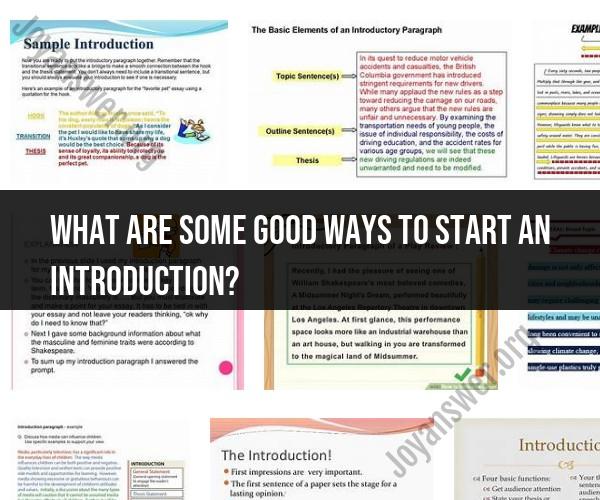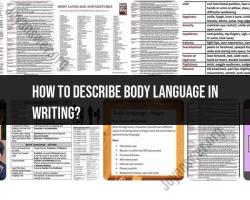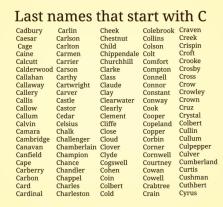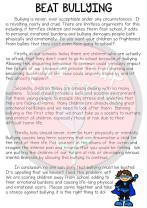What are some good ways to start an introduction?
Starting an introduction in a captivating way is essential to engage your audience and grab their attention. Here are some effective techniques for creating engaging introductions:
Anecdote or Story: Begin with a short, relevant anecdote or story that connects to your topic. Personal stories or relatable examples can draw the audience in and make them curious about what comes next.
Question: Pose a thought-provoking question that relates to your topic. This encourages the audience to think and creates a sense of curiosity. You can choose to answer the question later in your presentation.
Startling Statistic or Fact: Present a surprising statistic, fact, or piece of data that highlights the importance or relevance of your topic. Statistics can be attention-grabbing and help establish the significance of your subject matter.
Quotation: Begin with a relevant and impactful quote from a notable person, expert, or source. Quotes can add authority to your presentation and set the tone for your content.
Analogies and Metaphors: Use an analogy or metaphor to make an abstract concept more relatable. Analogies can help the audience understand complex ideas and pique their interest.
Humor: Start with a well-timed joke or humorous anecdote related to your topic. Humor can break the ice and create a friendly atmosphere, but be sure it's appropriate for your audience and context.
Rhetorical Question: Ask a rhetorical question that encourages the audience to reflect on your topic. Unlike a regular question, you don't expect an answer; instead, it's meant to provoke thought.
Contrast: Highlight a contrast or paradox related to your topic. Contrasting ideas can create intrigue and set up a compelling exploration of the topic.
A Personal Connection: Share a personal connection or experience that relates to your topic. This can make your presentation more relatable and establish your credibility.
Relevant Quote from the Audience: If appropriate, begin by sharing a relevant quote or comment from someone in the audience. This can create a sense of inclusion and engagement.
Current Event or News: Start with a reference to a recent news event or current issue that relates to your topic. This shows that your presentation is timely and relevant.
Challenge or Problem: Present a challenge or problem that your presentation will address and solve. This can create a sense of purpose and anticipation.
Visual or Sensory Imagery: Use descriptive language to paint a vivid picture or create sensory imagery related to your topic. Engaging the audience's senses can make your introduction memorable.
Historical Context: Begin with a historical reference or context that sets the stage for your topic. This can help the audience understand the evolution of your subject matter.
Start with a Strong Statement: Begin with a bold or provocative statement that immediately captures attention. Make sure it's directly related to your topic.
Remember that your introduction should provide a clear transition to the main content of your presentation or speech. It should serve as a bridge between the audience's current state of mind and the topic you're about to explore. Tailor your introduction to your audience and the context of your presentation for the best impact.












